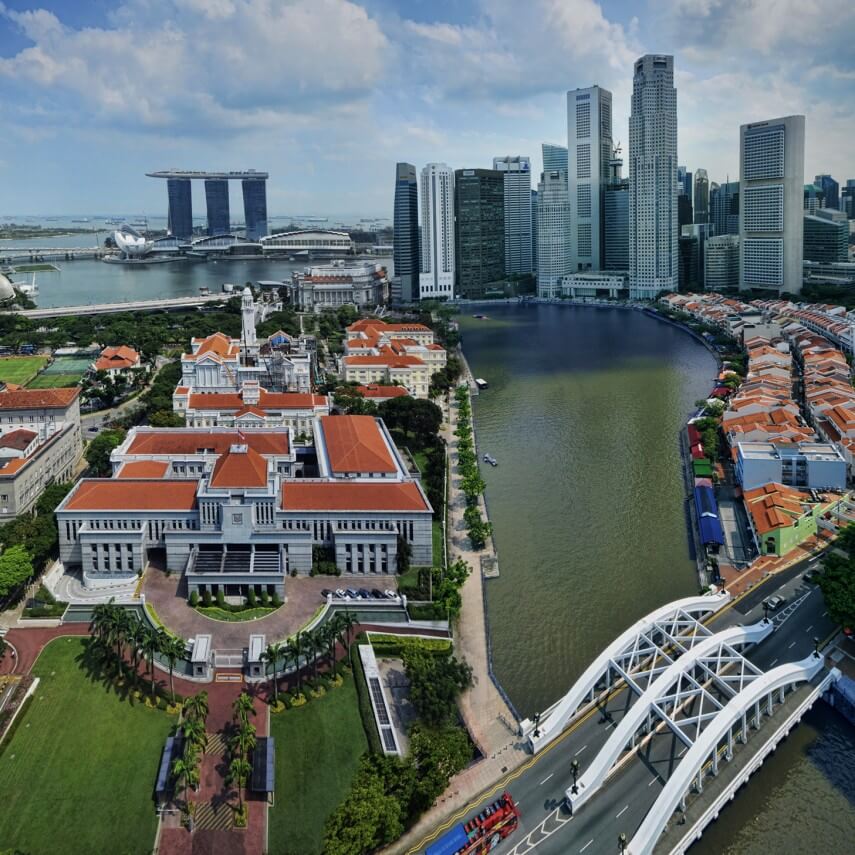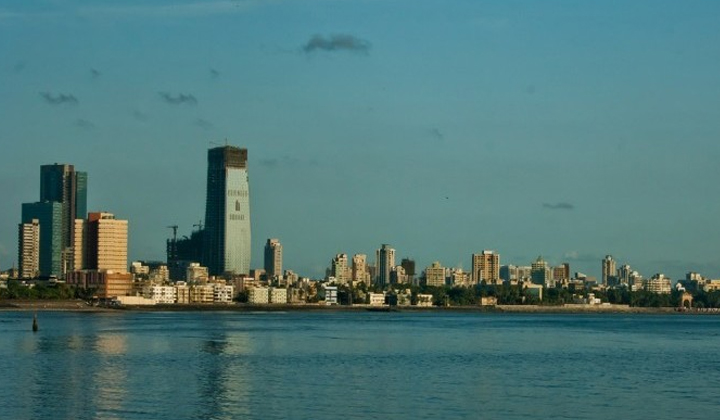Trending Now
- Action should be taken against the cops who protect the Ganja accused in TN : PMK leader Anbumani Ramdoss
- Votes that go to Congress or INDI alliance is a waste : PM Modi
- Court grants one-day custody to police to investigate Youtuber Savukku Shankar.
- We actually got our independence only in 2014. The independence to change this country as it should be : Actor , politician, Kangana Ranaut
Real Estate
How Singapore Overcame Its Land Shortage
![]() March 28, 2016
March 28, 2016
Shanu
When one talks of urban planning, Singapore faces a unique challenge. The city-state has a total of 718.3 square kilometers of land and an ever-growing population. However, it has been more successful in improving housing standards than any other country in the past 50 years.
Despite having land scarcity, roads in Singapore today are far less congested than comparable cities. This has not always been so. In 1960, Singapore’s city core was overcrowded while it housed only a 1.63-million population. Now, the city-state houses more than 5.5 million people.
Here are five ways in which Singapore overcame its land shortage and what India can learn from it:
Reclamation of land: Reclamation, of course, cannot be a long-term strategy to overcome shortage because there is only so much land to be reclaimed. However, Singapore increased its supply of land through reclaiming it from the sea. For example, since Independence, Singapore increased its supply of land by 20 per cent by filling sea with imported sand. The Singapore government expects to increase its supply by eight per cent. Jurong Island was formed by amalgamating seven offshore islands, and is now the largest outlying island of Singapore.
Building underground: Human beings are ingenious, and when there is no space on ground, they will build above ground or underground. Singapore has underground ammunition facilities and underground oil storage. Singapore’s underground ammunition facilities is the world’s first large-scale project of such nature, and its underground oil storage system is the first in South East Asia.
Mixed use projects: Mixed land use projects have lowered the consumption of land in Singapore by lowering commute time, and efficient usage of land. Mixed use projects in the city centre also allow real estate developers to benefit from the existing infrastructure. This also leads to greater harmony between supply and demand. People also tend to live closer to their offices and amenities in mixed-use neighbourhoods. So, there is less consumption of road space and other real estate assets.
Integrated urban planning: Singapore’s successful urban planning is by no means a fluke. Any infrastructural project that was not strategically placed or any district not connected to other districts with complementary functions would have led to inefficient usage of land. Leaders in Singapore started planning the city infrastructure very early after Independence. Housing blocks were turned into complexes; primary functions in cities were built in concentrated areas.
The reliance on roads is less because the Mass Rapid Transit System links all districts, thus, lowering road space consumption. Singapore is one of the rare countries where transport is integrated with land-use planning. Singapore was also successful in imposing congestion pricing on roads. Industrial outlets are located in areas where it does not harm water quality.
High-density building: In the central business district of Singapore, the floor area ratio (the ratio of floor space to the size of the plot) is 25. Note that in Indian cities, FSI is often in the range of 1-2. High-density buildings allowed greater integration of land use with transport planning.
It also allowed housing to be affordable through 50 years ago, living standards in Singapore were lower than many slums in Indian cities. This has also made the city vibrant, allowing greater migration to the city. Much of the development of the Singapore was driven by highly skilled migrants. High-density building allowed the land-scarce city-state to have more green and open spaces.
























